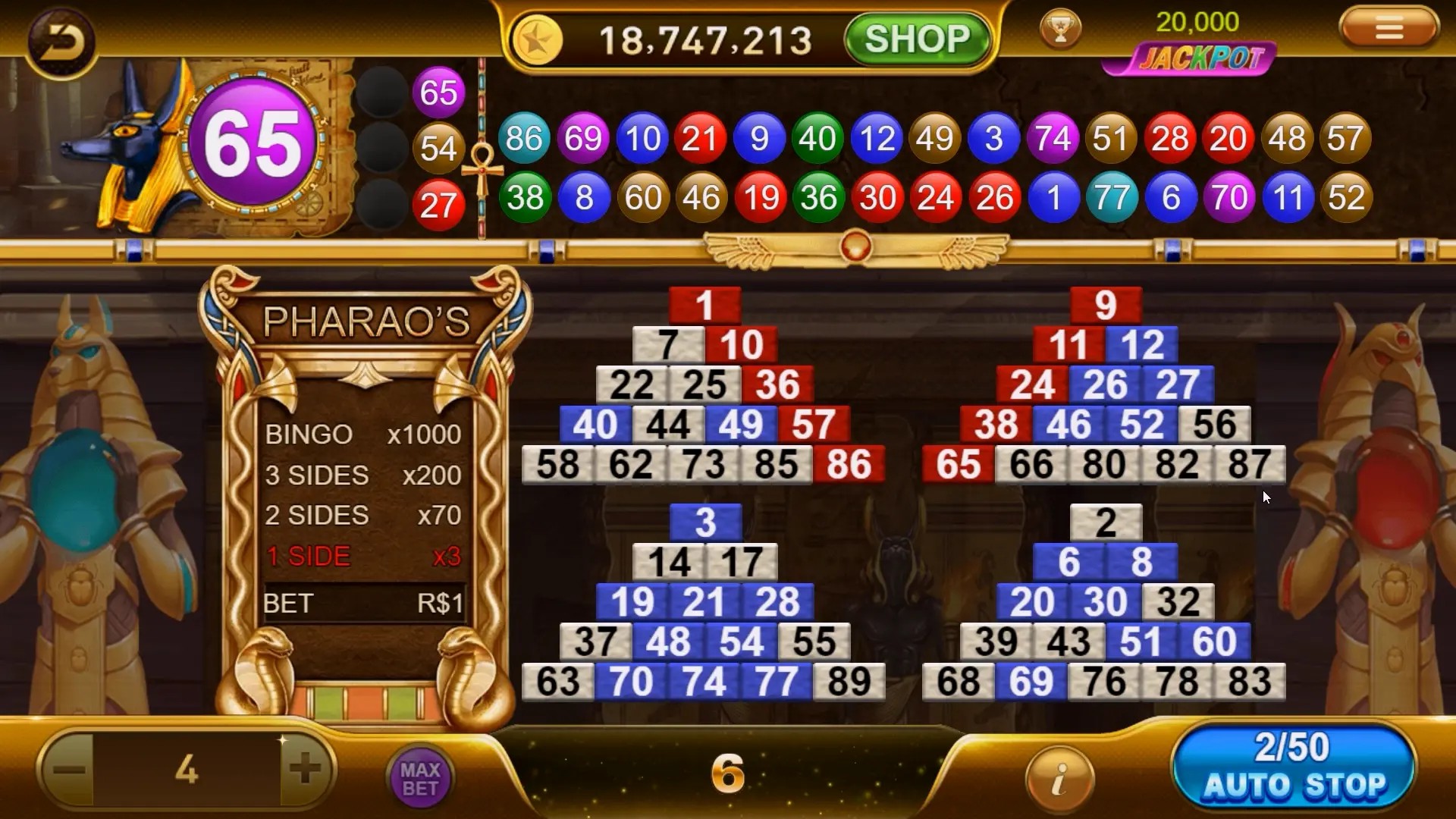Why Strategy Games Are Dominating Modern Play
Let’s be honest—strategy games aren’t just another genre floating in the gaming ocean. They’re the backbone. The blueprint. The mental workout you didn’t know you needed. For decades, fans have craved games where the real enemy isn't lag, toxicity, or bad graphics, but the clock, the opponent across the screen, or your own flawed planning. From classic board simulations to today's open world games, the hunger for control, foresight, and adaptation is stronger than ever. The magic of strategy games lies not in flashy cutscenes or hyperreal skins. It's in the weight of each decision. One bad move—a misplaced unit, a mistimed resource allocation—and the entire structure collapses. This isn’t luck-based; it's chess with consequences. North Macedonian gamers? They're no exception. The rise in esports engagement and competitive online communities here shows a deep appetite for skill-based engagement. Strategy isn’t just fun—it’s satisfying in a way few game genres match.- Makes players anticipate long-term outcomes
- Improves multitasking and situational awareness
- Engages cognitive functions like memory and problem-solving
Key takeaway: Good strategy games aren’t about speed—they’re about thought velocity.
From Clash of Clans to Play: A Mobile Shift
Who could’ve guessed that a game like clash of clans to play would be a gateway drug to the full-blown open world games phenomenon? Simple graphics, asynchronous battles, base customization—what started as time-killer material evolved into serious strategic micro-engagement. People in cities like Skopje or Bitola don’t have all day to micromanage an empire. But a 90-second troop deployment while waiting for the bus? That works. Games like CoC built the mental muscle for larger, immersive titles without overwhelming casual users. The result? Millions now expect depth even on a mobile screen. But the real leap—transitioning from CoC-style play to open-world, real-time decision environments—has only recently matured. Thanks to better internet, more robust devices, and evolving design, today’s players demand worlds where tactics and exploration aren’t just side features—they are the main course. Here’s what makes the evolution stand out:| Feature | Clash of Clans Type | Open World Strategy |
|---|---|---|
| Map Scale | Fixed arena | Dynamically shifting terrain |
| Time Sensitivity | Turn-based or async | Real-time pressure |
| Tactical Layer | Barracks & spells | Terrain use, morale, supply lines |
The Immersive Edge: Open World Meets Strategy
So, why blend open world and strategy? The answer feels almost obvious once you’ve spent 15 minutes scouting a virtual forest in search of enemy fortifications, all while balancing troop hunger and weather. The best open world games force players to operate in ambiguity. No minimap cheats, limited intel—just decisions in the fog of war. The genre has grown up, ditching hand-holding mechanics in favor of emergent storytelling. You aren’t just winning a map; you’re building a legend, or failing your kingdom in spectacular silence. And North Macedonian players? Their growing presence in multiplayer strategy arenas reflects adaptability—using regional insight, patience, and layered communication in multilingual team modes. This isn’t your uncle’s Civilization mod anymore. We’re talking persistent ecosystems, terrain erosion, NPC loyalty mechanics, and AI that doesn’t respawn predictably. It's unpredictable. Sometimes frustrating. Almost alive. Key elements of next-gen open world strategy:- Unscripted enemy behaviors
- Environmental impact on troop movement
- Asymmetric victory conditions



